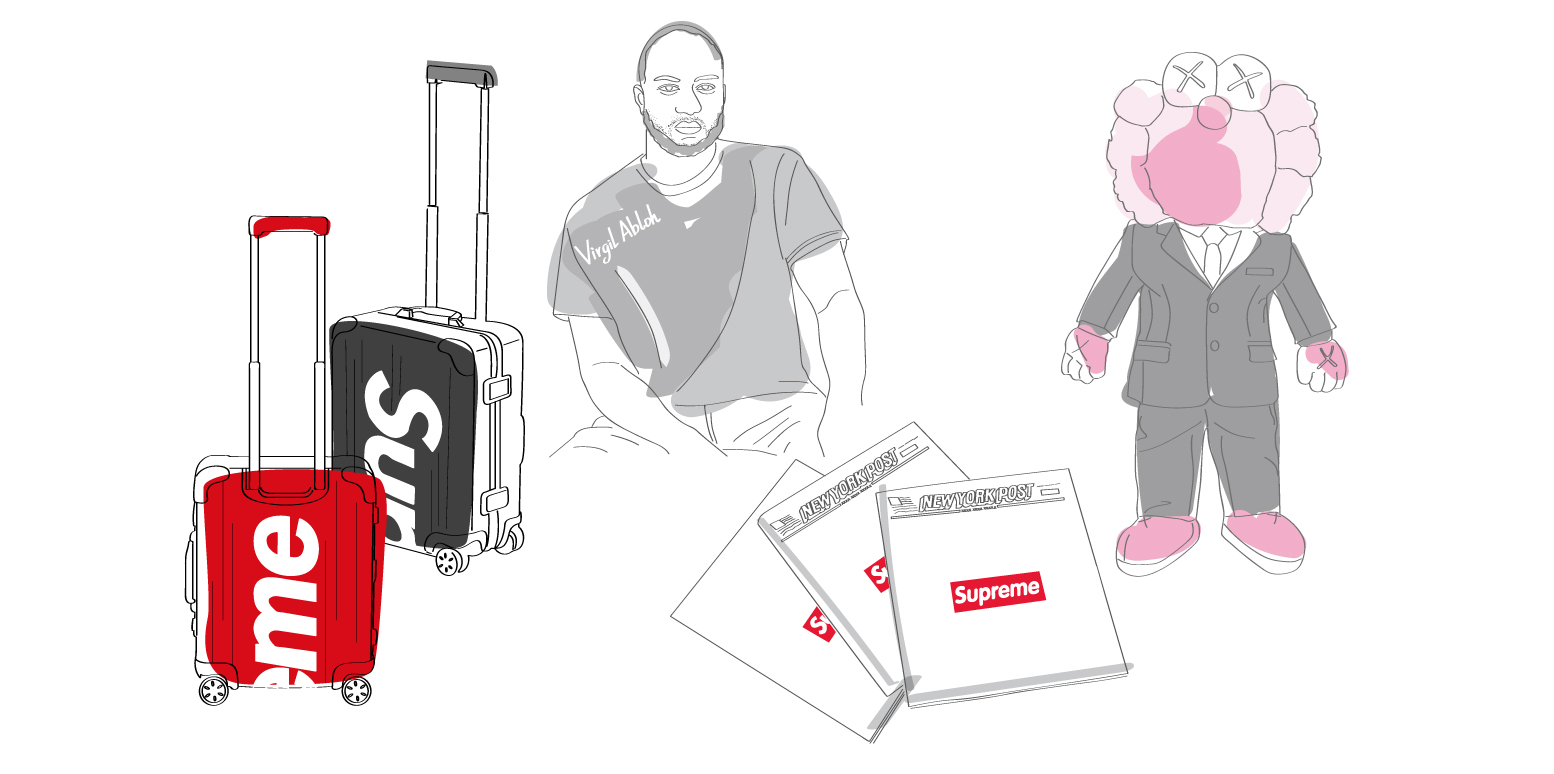WANG Gao
China Europe International Business School (CEIBS)
Professor of Marketing
CEIBS Baosteel Chair in Marketing
Associate Dean
Director of the Chief Marketing Officer (CMO) Program
Program Co-Director of Global CEO Program for China
After four decades of Reforming and Opening-Up, China’s economy has been growing strong, becoming the second largest economy in the world. With the rise of China’s overall economy prowess, the living standard of Chinese people has also been uplifted greatly. From the demand side, China’s consumption trend is witnessing seismic changes; from the supply side, the industry’s growth potential is contracting and companies are facing the challenges of upgrading and transformation. The crossover of fashion and design undoubtedly is aligned with the new trends generated by demand changes, and it also provides new opportunities to transformation and upgrading on the supply side. And I’m hereby proposing the concept of “fashion/design+”. Fashion and design are two well-known concepts, but what does “fashion/design+” mean? “Fashion/design+” is about bringing across the fashion and design elements to the products and services that are not oriented by fashion or design, making them not only meet the original functionality demand but also highlighting the value of fashion and design, which is gradually becoming a key driver factor for consumers purchase. And hence the era of fashion/design+ has arrived.
Economics divide consumers demands into two dimensions. One is the vertical differentiation, which is rational consumption, mainly in the form of necessities that meet people’s daily life needs; the other is horizontal differentiation, which is perceptual consumption, mainly in the form of non-necessity goods and services that meet people’s emotional and expression needs.

During the development of the past four decades, Chinese consumers demands on horizontal differentiation have grown significantly. Before China’s reforming and opening-up policy, Chinese consumers were generally in lack of material possession. During the first 10 to 20 years since the reform, Chinese consumers firstly experienced the upgrade from “zero” to “some” on consumption. And over the recent past decade, Chinese income per capita has been rising fast, which is on par with the middle-income country level. And Chinese people have also started another round of upgrade from “some” to “something great”. Despite that China’s wealth disparity is large, Chinese consumption related to vertical differentiation has reached a rather high level. So in terms of materialistic demands, Chinese consumption growth will be bound to slow down.
Chinese consumers however, still own tremendous consumption power. When rational consumption demand is slowing down, the perceptual consumption (horizontal differentiation) will rise fast in the foreseeable future. The consumption trend of from “some” to “something great” is growing rapidly in developed economic regions, where people are increasingly pursuing brand consumption. The brand mix in major department stores there well echoes this trend. Over the past few years, the rational consumption trend in Tier-1 cities picks up again, and people have started paying more attention to the value for money when buying on top of brand and quality, meaning that people not only pursue quality but care about personality more. Against this backdrop, if we can bring across the fashion and design elements to products and services that are not oriented by fashion and design, not only can we meet people’s horizontal differentiation needs, but also we will meet personalization needs. Therefore, “fashion/design +” will become a booster of consumption upgrade.
The demands are growing fast, so are Chinese companies. The core task of Chinese companies, during Chinese consumption phase of from “zero” to “some”, is production expansion. And after Chinese consumers have stepped into the consumption phase of from “some” to “something great”, Chinese companies have been focusing on quality as well as branding, and differentiation capability has become increasingly vital in the competition among companies. With the expansion of supply scale, the companies competition is getting fierce. The lack of differentiation put multiple industries into the price war struggles. Without major breakthroughs in core technology, companies strive to seek differentiation across the board but very often they fail to sustain that. On one hand, the demand slows down and on the other hand, the competition gets fierce. So how shall Chinese companies break this conundrum? Over the past few years, many companies seek to transform or upgrade. But specifically, how? One of the directions is making breakthroughs in core technology, and if it succeeds, the company will lead in the industry. But it’s never an easy thing. Another pathway is enhancing value and achieving differentiation when the core technology remains unchanged. On that, many means can be considered. For instance, adding services, converting products to services etc.. And “fashion/design+” without a doubt, is a means worth exploring. With the inclusion of fashion and design elements, not only will it offer purchase reasons to consumers, but also it gives companies a foundation to build differentiation.
Under this macro historic background, Mr. FANG Tao and his team Fashion Exchange of Suntchi, in partnership with CBNData and Yimian Data synthesizing CBNData consumer big data, Baidu Index and Sina Weibo Index, compiles the Global Fashion IP White Paper and Fashion IP 100 right in time. This white paper has the following outstanding features. Firstly, the selection conditions of fashion IPs are clearly defined. Secondly, the evaluation criteria of fashion IPs are objective and thoughtful. Thirdly, the introduction of fashion IPs is comprehensive and wholistic. Fourthly, the coverage of fashion IPs ranges over the globe. This white paper hence gives the audience a good overview of the leading global fashion IPs, acting as a great reference for non-fashion and non-design companies who aim to make successful crossover cooperations with fashion IPs.
I firmly believe the era of “fashion/design +” has arrived. And the Global Fashion IP White Paper will definitely help drive the development of China’s “fashion/design+” era even further.
复制成功!